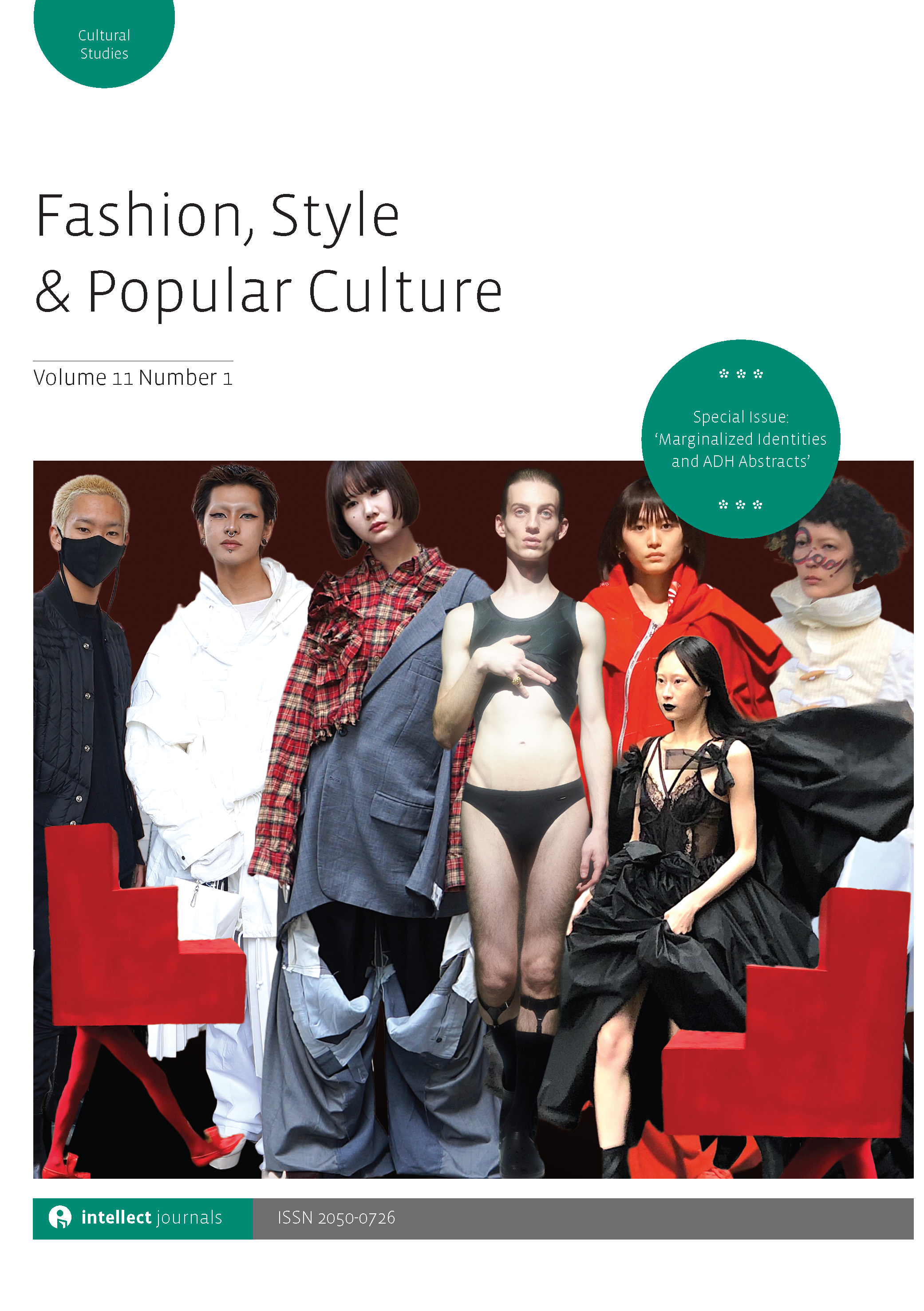
Full text loading...

This article analyses the creation of a group time-space and its effects based on a master’s thesis research that analysed some processes in a second-hand exchange group called Brechó de Troca. This group is a space for interaction, whose meetings promote the exchange of clothes and accessories. It was founded in Porto Alegre (south of Brazil) in 2009, with a distinct method aiming to produce subjectivity by exchanging clothes in a way that considers their stories. For this research, we assembled materials that paved the way to such results, analysing the mode of production of subjectivity through the dressing practices in the group. We could observe that the invention of another time, which suspends the eagerness for consumption, potentiates modes of subjectivation through the practices of dressing. This article also highlights the fact that access to consumption is not equalitarian in Global South capitalism. This can be seen in a social phenomenon called ‘rolezinhos’, which took place in Brazil in 2014 and illustrated the contrast between the purchasing power of the lower and upper classes. We believe that the invention of the limbo, name given to the time-space created in the group, works as a trigger of processes, which suspends and enables exercises of the self through clothing in the group meetings. The exchanges gain potency and various stories after going through the Brechó de Troca.